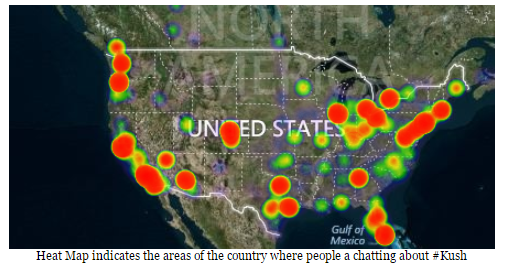Times change, people change, and social media habits change. Regardless, when it comes to social media, our “past selves” live on indefinitely. While there’s been plenty out there that attempts to educate people on their “online persona” and serves constant reminders about being responsible and presenting your “best self” on social sites, people tend to get caught up in the activity without thinking much about it until it’s needed.
A good time to start looking at your online personality, so to speak, is when you are at a point where it matters. Two events come to mind – those who are entering their final year of high school and are already starting college applications, and those who are looking for a new job.
Why, you may ask?
It’s no surprise, if you’ve been paying attention, that college admissions offices and HR departments around the world are turning to social media research as another means to learn more about potential candidates. While applications, cover letters, and references tell part of the story, both industries are realizing that monitoring and researching a candidate’s social media activity gives even deeper insight and understanding of the people they’re looking at.
While you may think to yourself that you’ve got your social sites properly set with regard to privacy settings, and you’ve cleaned up your photos and even Googled yourself, it’s time to think a bit more about what recruiters, employers, and college officers may see and potentially use in their decision making process. Below are just a few examples:
1. Channel your “younger self” – this is especially true for the late teen/early 20’s set. Social media was new and “fun” back then. I’ve seen the transition in my own teenagers – they started years ago thinking Google chat was the be all end all, and then moved to Facebook, and finally Twitter and Instagram. It’s hard to keep up with all of the changes, and this set often has the “out with the old, in with the new mentality.”
In running a personal social scan for a young adult recently, data was pulled from a prior Twitter account they had since forgotten about. This was created in the person’s first year of high school, and they used it as a “secret” account – they had one that they knew their parents monitored, so, being a typical teenager, created a second account that the person used for conversations they didn’t want their parents to see. While there may not have been anything harmful on that account, it was good for the person to be reminded that it is still out there and delete it prior to graduating college and starting the search for a job.
Social media research can uncover these types of abandoned accounts that have long been forgotten, conversations on message boards when they were more popular, and other content that someone may have forgotten about. Using a third party service to conduct this type of research allows for efficiency in cleaning up one’s social profile before sending out applications.
2. Mistaken identity: while there is nothing you can do in a case like this, it’s good to be aware in case it’s brought up as a potential issue. Consider a young man who was applying for his first post college job. In conducting social media research, data was collected that showed someone with the same name in the next town over was arrested the year prior for a DUI. They were close in age and the similarities were enough that the young man was concerned. Going into the application and interview process, he was aware that this information existed. Should a potential employer discover this information, the young man was armed with the knowledge that it existed and would be able to easily speak to the fact that it was not him, and be able to provide further information to prove this point. Knowing ahead of time can make a difference in cases like this.
3. Ensure your privacy settings are correct: any social media content that is collected can only come from public content. That is, if your privacy settings are set correctly, your content cannot be picked up in social media research. If you’re congratulating yourself at this point because you recently went through your social sites and updated your settings, think back a bit. If you didn’t set up your privacy restrictions when you first set up the account, are you sure that content posted prior to updating your settings is really private? Sometimes it is, but sometimes it’s not. By utilizing a social media research program, you will be able to easily find out what information is readily available to college and/or hiring staff. With the constant changes to privacy settings and updates, it’s difficult to keep track of what is set up where. Before you start the application process, having a social scan conducted on your behalf will give you peace of mind that what is out there is what you want others to see, or, in some cases, give you the opportunity to clean things up.
Social media has given the world another glimpse into who you are, and, as we are learning, it can reveal much more than can be found on applications and cover letters. Because it is social, it’s more revealing, and colleges and companies are starting to realize this. Many are turning to social media monitoring programs to help with this process, an in turn, individuals are starting to see the value in running scans on themselves. Advanced preparation can go a long way to ensure that you land your dream job or are accepted into your first choice for college.
